
Creativity Found: Finding Creativity Later in Life
Real-life stories of finding or returning to creativity in adulthood.
I'm Claire, and I re-found my creativity after a time of almost crippling anxiety. Now I share the stories of other people who have found or re-found their creativity as adults, and hopefully inspire many more grown-ups to get creative.
I chat with my guests about their childhood experiences of creativity and the arts, how they came to the creative practices they now love, the barriers they had to overcome to start their creative re-awakening, and how what they do now benefits their physical, mental and emotional wellbeing.
Want to be a guest on Creativity Found? Send me a message on PodMatch, here
Creativity Found: Finding Creativity Later in Life
Dr Vasu Tolia: Medicine to Masterpieces
Discovering and sharing the healing power of art.
What happens when a distinguished physician with over 150 published papers walks away from a 40-year medical career? For Dr Vasu Tolia, an unexpected artistic awakening filled the void.
Dr Tolia's story begins in Calcutta, where she grew up in an academically-driven household with little exposure to the arts. Her path to medicine was serendipitous, influenced by a friend who convinced her to take biology despite her inclination toward humanities. This "accidental doctor" went on to build an impressive career as a paediatric gastroenterologist in the United States, mentoring over 20 fellows and serving as principal investigator in more than 50 clinical trials.
When a toxic work environment forced her to leave medicine, Dr Tolia faced a profound identity crisis: "I had been a doctor for more than 40 years and then suddenly I was no one."
Her journey into art began tentatively, with early frustrations as she compared her beginner efforts to accomplished artists. Everything changed during the pandemic when she found her voice through abstract and semi-abstract painting. Recognition followed swiftly, with her work being selected by the Washington Post among the nation's top 20, and solicited by the CDC (Centers for Disease Control and Prevention) for journal covers.
The connection between her two careers runs deeper than coincidence. Dr Tolia's medical training taught her to observe "the body's incredible capacity for renewal," an energy she now captures in flowing forms and organic shapes that echo natural healing processes. She explains how art triggers the release of dopamine and reduces stress hormones, providing neurological evidence for creativity's healing power.
Today, Dr Tolia creates "visual sanctuaries" that promote wellness in hospitals, corporate spaces and homes while supporting causes like women's empowerment and autism advocacy. Her message is clear: don't wait for burnout to engage in creative practices that can heal your mind and spirit.
Explore Dr. Tolia's artwork and download a free creativity resource for Creativity Found listeners at
https://www.vasutolia.art/mindfulartforrenewal
and discover how your own creative awakening might be waiting just around the corner.
Researched, edited and produced by Claire Waite Brown
Music: Day Trips by Ketsa Undercover / Ketsa Creative Commons License Free Music Archive - Ketsa - Day Trips
Buy arts and crafts techniques books, plus books by some of my podcast guests, from the Creativity Found bookshop
Help me to keep making this podcast at buymeacoffee.com/creativityfound
Want to be a guest on Creativity Found? Send me a message on PodMatch, here
Podcast recorded with Riverside and hosted by Buzzsprout
I went on to take biology and went to medical school and discovered a deep commitment to helping children. It turned out to be one of the best decisions, even though it wasn't in my original plan. I had to make a choice for my well-being and my values. So it really seemed like a professional suicide that after building this incredible career, I walked away from it. As if my artistic awakening has filled that enormous void after leaving medicine. Like, you know, I had been a doctor for more than 40 years and then suddenly I was no one. But now I am someone in both the fields. And my art is deeply tied to themes of healing, resilience and empowerment because my medical training taught me to observe the body's incredible capacity for renewal and I try to capture the same energy in my artworks.
Claire Waite Brown:Hi, I'm Claire. For this podcast, I chat with people who have found or re-found their creativity as adults. We'll explore their childhood experiences of the arts, discuss how they came to the artistic practices they now love, and consider the barriers they may have experienced between the two. We'll also explore what it is that people value and gain from their newfound artistic pursuits, and how their creative lives in which they're practical, necessary, ever This time I'm chatting with Dr Vasu Tolia. Hi Vasu, how are you? I'm very
Dr Vasu Tolia:well. Thank you, Claire. I'm so honored to be on your show.
Claire Waite Brown:Oh, thank you. Start by telling me what your current creative outlet is, please.
Dr Vasu Tolia:These days, I immerse myself in painting, primarily abstract and semi-abstract works using mixed media. I have recently been exploring collage as well, sometimes incorporating metallics or texture mediums. And my art is deeply tied to the of healing, resilience and empowerment. Each piece I create is meant to be a visual sanctuary. Like I often use flowing forms and organic shapes that echo natural processes, the way water moves or the plants grow and the pattern of healing itself. Because my medical training taught me to observe the body's incredible capacity for renewal and I try to capture the same energy in my artworks.
Claire Waite Brown:That is fascinating. When you were younger, did creative activities play a part in your life at home or in education? That's
Dr Vasu Tolia:a great question because I have not been exposed to any kind of art in my childhood except some exposure to music. I grew up in Calcutta in a very academically driven household. There wasn't much exposure to arts in school either. Art classes weren't part of our curriculum, but I know these days it's there. My family did encourage music but I was nudged towards learning classical instrument but it wasn't meant to be. I quietly rebelled against it because I and my brother were meant to take lessons and he would run away to play cricket and I said I won't do it alone. You know other ways of creativity wasn't really part of our growing up. It wasn't emphasized as a viable path or a career.
Claire Waite Brown:That makes it all the more in for your Creativity Found story later. You said your family was academically driven. You came upon the idea that you would be a doctor when you grew up. Can you tell me about that time?
Dr Vasu Tolia:It's a very interesting story. I call myself an accidental doctor because I had no role model. There was nobody in my family or immediate friendship circle like, you know, anybody who was a doctor. and I would want to be that. I was more inclined towards arts or humanities, but my best friend convinced me to take biology and science because her brother was in medical field. And that really changed the trajectory of my life because I went on to take biology and went to medical school and discovered a deep commitment to helping children. It turned out to be one of the best decisions even though it wasn't in my Oh,
Claire Waite Brown:that is so sweet. So how did that play out? How did your training go? When and why did you move to the US?
Dr Vasu Tolia:I moved to US in 1975 to pursue further medical training and advance my medical career. There were some cultural difficulties initially I was facing in India because the medical field has its own challenges. Like having a degree from abroad means a lot in Indian culture. or at least it did at that time. And I was more interested in academics than just doing private practice. So I came to step into all these possibilities by coming to U.S. and, you know, went into further training. And I'm very grateful that I found position for training at Children's Hospital. And then I moved to Detroit and it's become a home, away from home for so many years that it is really the home now
Claire Waite Brown:And did you do that on your own?
Dr Vasu Tolia:Did you come over on your own? No, I met my husband who is also a physician and his specialty is endocrinology. We met in internship in medical school, got married and then moved here.
Claire Waite Brown:You've mentioned children and you've mentioned healing. Tell me a bit more about your medical profession or your academic profession and how that developed over the years.
Dr Vasu Tolia:I received many awards like woman of distinction from Crohn's and Colitis Foundation of America, was recognized in regional top docs and who is who in medical field and things like that. But what really drove me was seeing my research translate into better care for children with gastrointestinal disorders. And over time, I achieved the highest academic rank of the tenured professor and published over 150 peer-reviewed articles, book chapters, abstract, and I have been the principal What about your obstacles? It was difficult to carve this path in the sense that I had to start things on my own. And during those days, there was no internet and things like that. One sat down with Index Medicals and found the things that were over a year old when you ran into a difficult case or you wanted to do something new or special. So I, you know, started to do a few things like case series and case reports and all. And then I saw that I wasn't going to get anywhere until I collaborated with some people in supporting fields where I could do a multidisciplinary kind of research. And there I found great help. You know, for women in medicine or probably anywhere during those times, you had to hold, you know, hands off or be under the umbrella of some good mentor. And they usually ended up being men who were not threatened by you, you know, like who didn't feel that you will become so competitive. So I was very lucky that I was in pediatric GI, but I found collaborations with clinical pharmacology, nuclear medicine, and those kinds of fields. So we worked together without there being any competition or treading on each other's toes and things like that. And I'm very thankful that I found those collaborators and people who helped me progress further. It was a steep climb. You
Claire Waite Brown:must have been very determined or very... driven or both?
Dr Vasu Tolia:I am. I don't give up easily.
Claire Waite Brown:Brilliant. After a time, you're doing all this work and collaborating, but you did go into private practice after a while. What was that decision? Why was that made? It
Dr Vasu Tolia:was made because with the change in leadership in my department, when the new chairman came, my personal work environment became very toxic. I was told to focus on basic research because I was a star performer, but it was not my basic field. It was not my main field of interest. And dynamics shifted in such a way that that particular place was no longer, you know, sustainable for me. I had to make a choice for my well-being and my values. So I It really seemed like a professional suicide, you know, that after building this incredible career, I walked away from it. But it was not just affecting my work. It was affecting my whole sense of self and purpose to be in that environment. I did try to motivate. I gave private practice a chance, but it just wasn't challenging enough for me. I wasn't just happy without the teaching component in it, mentoring and all that. So I just had to stop and find something else to do.
Claire Waite Brown:That something else to do, is this when the art starts coming into play?
Dr Vasu Tolia:Yes, but it wasn't immediate. I did try some music lessons first, maybe returning to what my parents once encouraged, but it was frustrating not to have a consistent teacher. And then I began drawing and painting. That's what my husband suggested, why don't you try this? At first, It was very humbling. I wasn't good by any means, especially after having been accomplished, you know, in my former career. It was very frustrating, but something kept me going because even as I did it, even in what I perceived as failures or not having a perfect piece of artwork, I realized that I was comparing myself to somebody who might be on the 45th stage of the career where I was in just first or second stage. So I shouldn't do that, you know. But during COVID, everything seemed to click because I kind of liberated myself and just let myself go. And I feel I found my voice through abstract and semi-abstract styles. And painting then became a healing, not just for myself, but for others also, because during that time, all of us were suffering. You know, the whole world was suffering. But when a few achievements came during that time like my artwork being selected by Washington Post as being top 20 in the nation and CDC soliciting it for the cover of the journal I really felt elated and from then I have just kept going as if my artistic awakening has filled that enormous void after leaving medicine like you know I had been a doctor for more than 40 years and then suddenly I was no one but now I am someone in both the fields
Claire Waite Brown:yeah how do you think you came to the style and how you work now and it's possibly still developing anyway but you know how did you come into your own do you think
Dr Vasu Tolia:you know art became healing for me personally and it gave me a new purpose after my medical career because I realized that I could heal others too and that I will always stay a healer but my art practice has has really evolved tremendously since then. I keep on trying new experimental techniques and different mediums and working with collage and submitting to shows and selling works and engaging with collectors and it's a huge shift from academic world but it's also incredibly rewarding personally. My main goal is to continue healing but I do want to keep growing, keep learning and keep making that touches people, especially those who are navigating transitions. So my focus now is really on spreading the message that art can be healing also. I donate regularly and connect with organizations that align with my values like Women's Empowerment, Environmental Preservation, Mental Health Awareness, Autism Advocacy. So it means a lot to me that I'm able to continue to heal through a different medium. And I want to continue learning and being recognized for my artistic work. But more importantly, I want to create art that makes a difference, whether it's in hospital waiting rooms or hallways or in corporations or public lounges or even in individual homes. When people use my artwork, they're not just beautifying the space. They're really making a difference to the community by choosing one of the missions. if it makes a difference to them.
Claire Waite Brown:So when you say healing, why do you think that is? How do you think that works for an artwork that is yours that somebody else sees? Or are you actually talking about people doing art for themselves? How does the healing and the art connect?
Dr Vasu Tolia:When you see a piece of art, even if you're not doing it yourself, your forebrain, which is your thinking brain, it releases some neurotransmitters like dopamine, which are healthy neurotransmitters. And that decreases the steroid or cortisol levels, you know, so it It reduces stress. It really engages your brain and the more senses you involve, like, you know, sculpting or fiber art or knitting, painting, etc. You just... engage that forebrain more and it creates more happy chemicals, you know, that put you in a zone that heals you, you know, decreases the stress level and also makes you more engaged socially, emotionally, and makes you feel a lot more positive about yourself. This happens obviously for people who actually make art, whatever kind of art they make, but even to see it like you know you go and see a play to a theater or something a music show or go to an exhibition or museum visit and all you get that same effect you know even though you are not actively doing it even the passive exposure is a very positive experience for human mind I
Claire Waite Brown:get it thank you
Dr Vasu Tolia:thank you so much what are your
Claire Waite Brown:hopes aspirations for the future?
Dr Vasu Tolia:My aspiration is to continue making art and I want to spread the message about art is healing and that people should practice it to de-stress themselves without getting in the zone of burnout or anything like don't wait for that last stage to happen to engage in these kinds of creative practices which gives you positive feedback in your mind with the happy neurotransmitters. Just engage in these kinds of activities on a routine basis. So I'm trying to spread this message, you know, by engaging with neuro arts organizations and finding platforms to talk about it. So that's what my goal is, is to keep on making good art that makes an impact and hopefully engage and tell people about creativity and how it can be such a positive force in your life to make you feel better.
Claire Waite Brown:Well, that is an absolutely brilliant aspiration. Thank you so much, Dr. Vasu. How can people connect with you and find you? I'm
Dr Vasu Tolia:available through my website at www.vasutolia.art. You can connect me through the form over there and I have several booklets, you know, that you can get for free as a download to engage in different kind of art activities and to the show listeners you know I have created a special booklet for mindful renewal for healing and they can download it but if they want to engage in more they are available through my website or by writing to me and I would love to share it and spread continue to spread my message I'm also on social media so they can follow me there either with my part name Vasu or full name Vasundhara
Claire Waite Brown:Brilliant.
Dr Vasu Tolia:Thank you so much, Vasu. You're welcome, Claire. And thank you. I'm so honored to be on your show. So lovely to talk to you.
Claire Waite Brown:You're very welcome. I hope you enjoyed this episode. If you did, perhaps you'd like to financially contribute to future episodes at buymeacoffee.com / creativityfound. There's a link in the show notes. If you are listening on a value for value enabled app, such as Fountain, TrueFans or Podcast Guru, feel free to send a few sats my way. And if you have no idea of what I'm talking about, you can find out more by listening to my sister podcast called Podcasting 2.0 in Practice.
Podcasts we love
Check out these other fine podcasts recommended by us, not an algorithm.
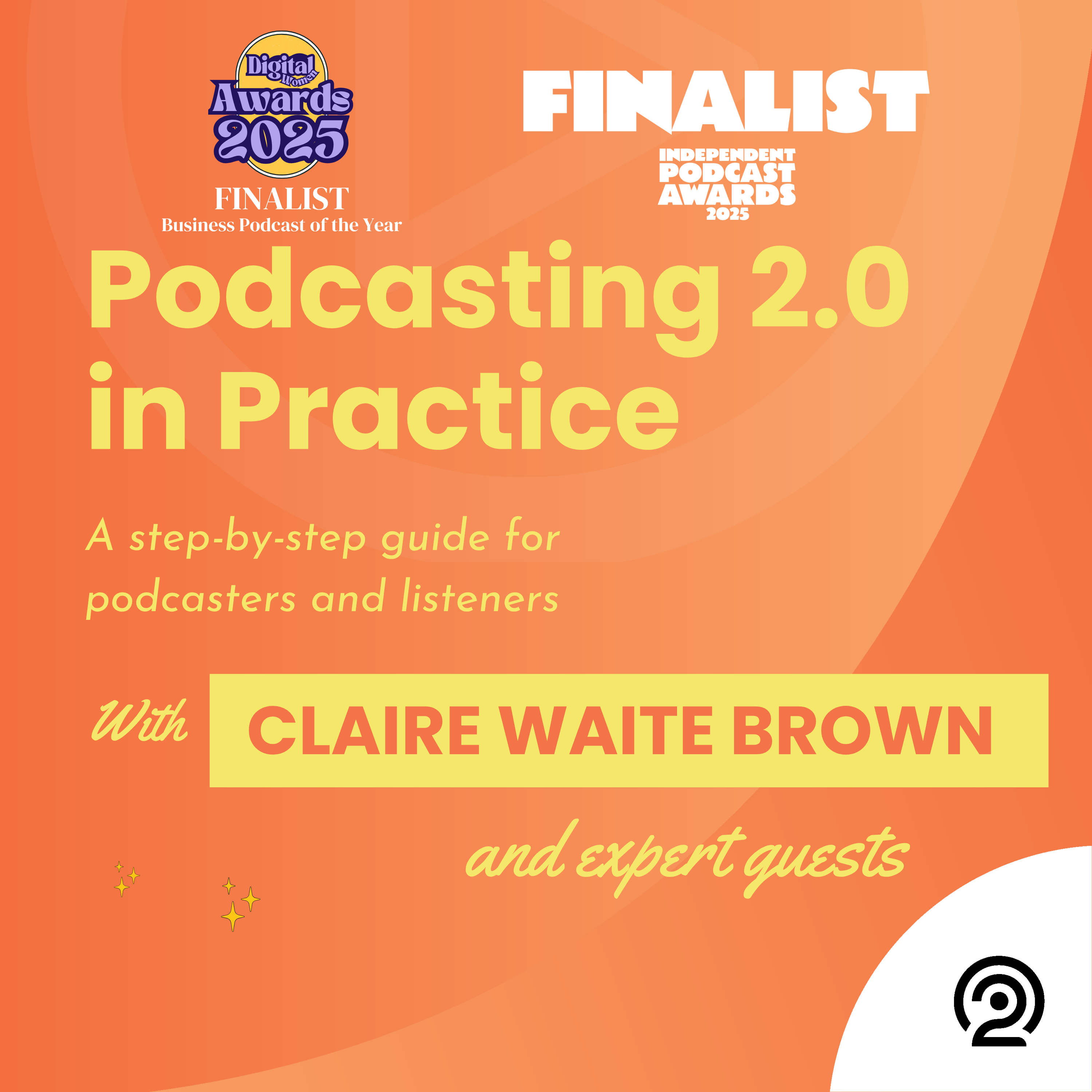
Podcasting 2.0 in Practice
Claire Waite Brown
The Adult Ballet Studio
Elizabeth Blosfield
The Late Bloomer Actor
David John Clark
In Ten Years Time
Tricia Duffy
Multispective
Jennica Sadhwani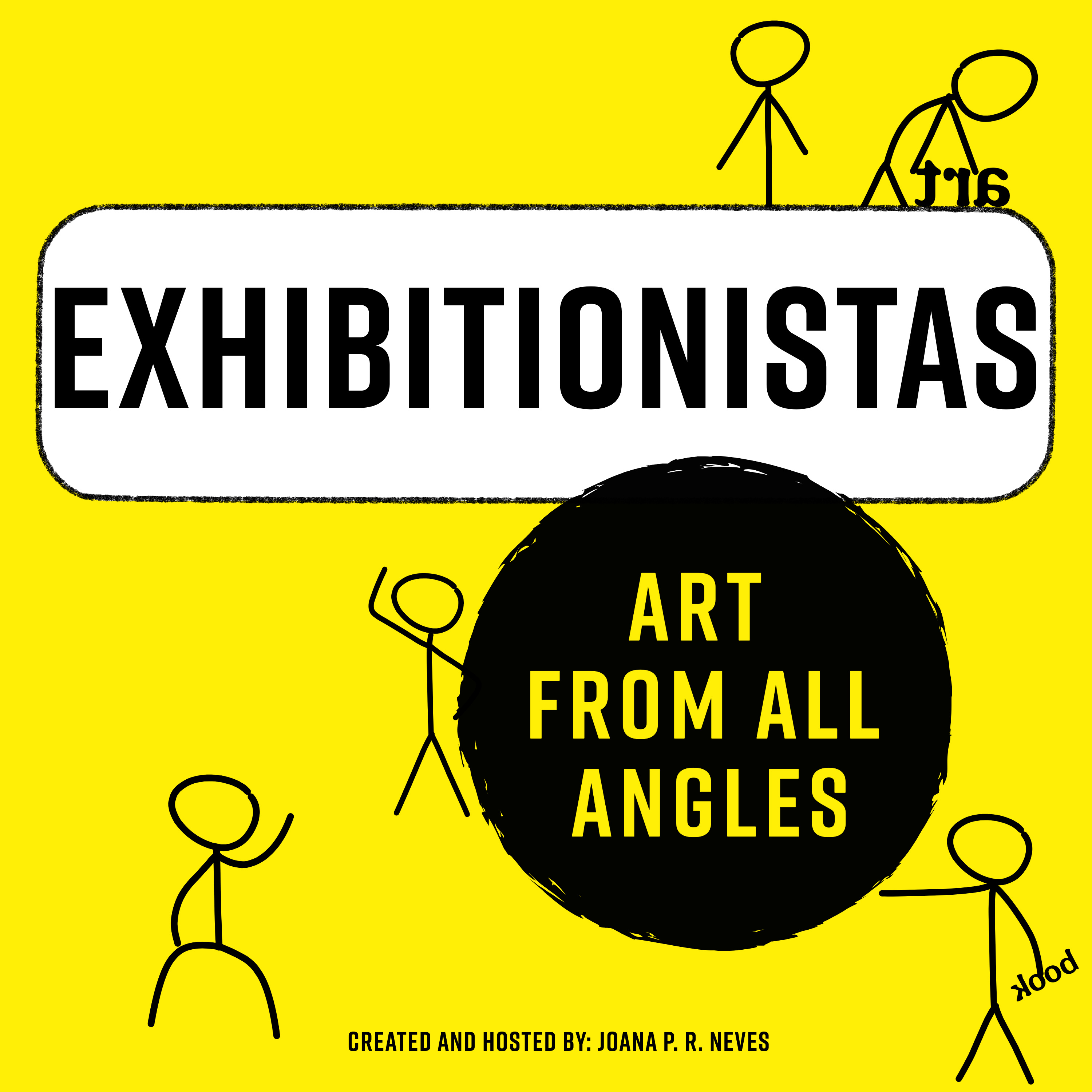
Exhibitionistas
Joana P. R. Neves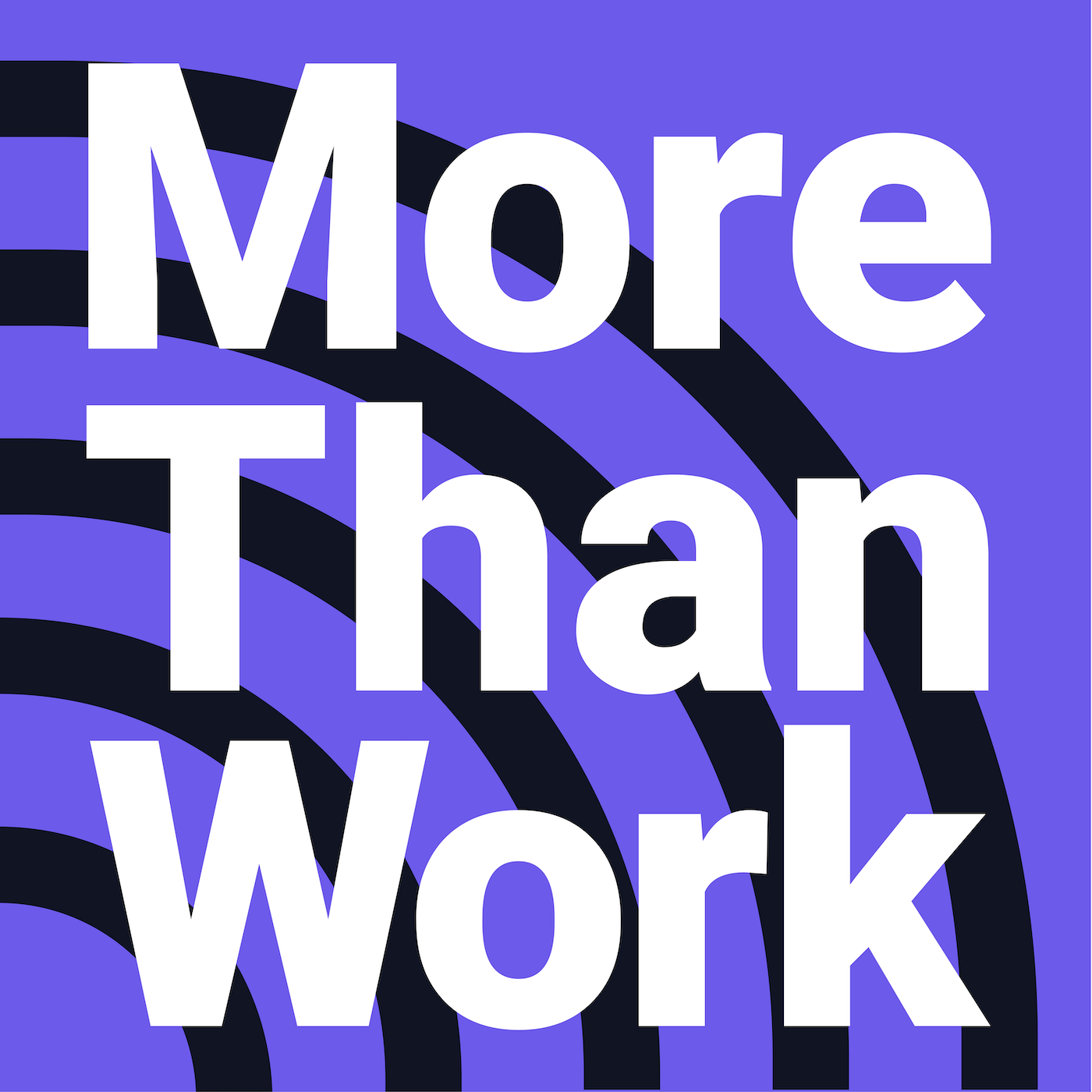
More Than Work
Rabiah Coon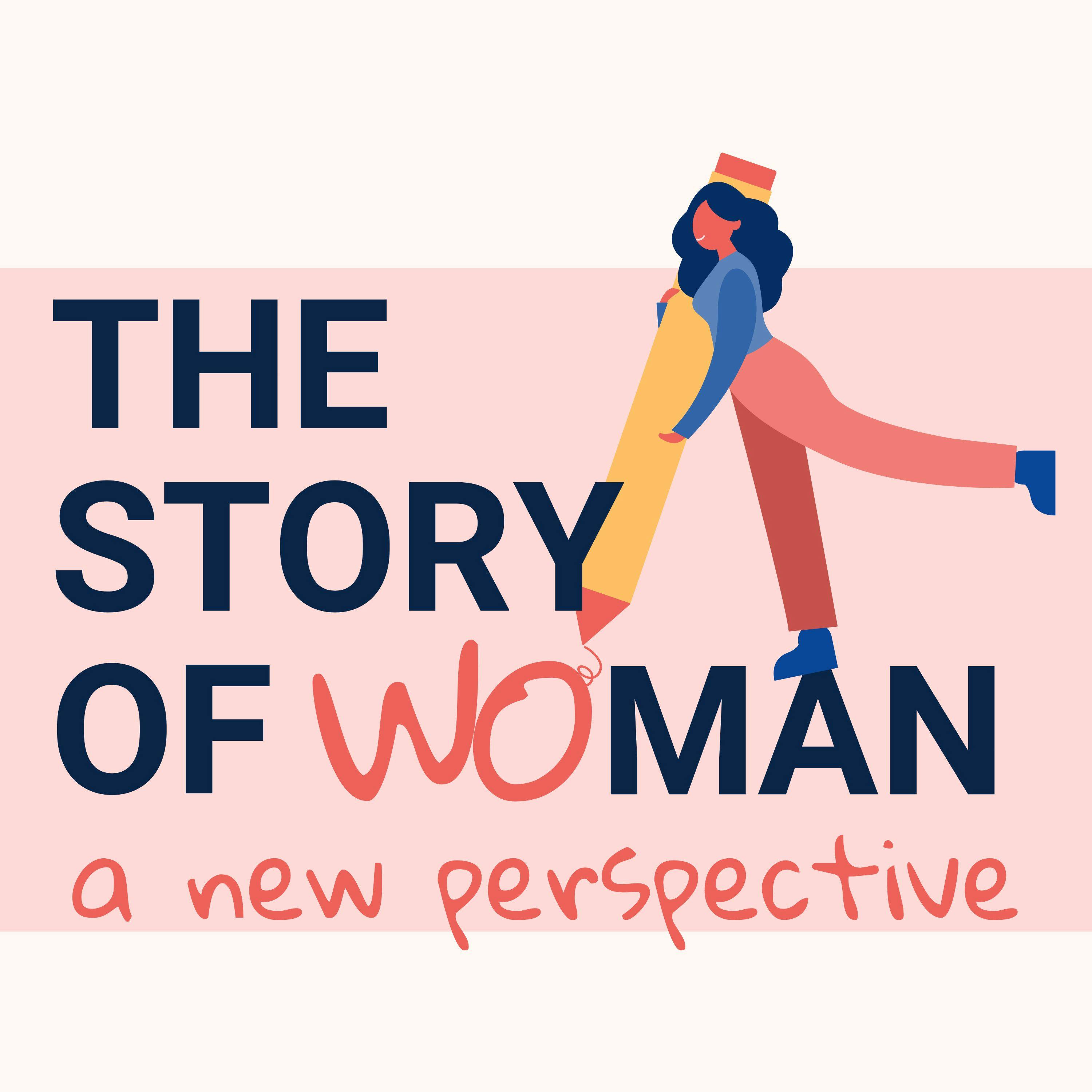
The Story of Woman
Anna Stoecklein
Dreamful Bedtime Stories
Jordan Blair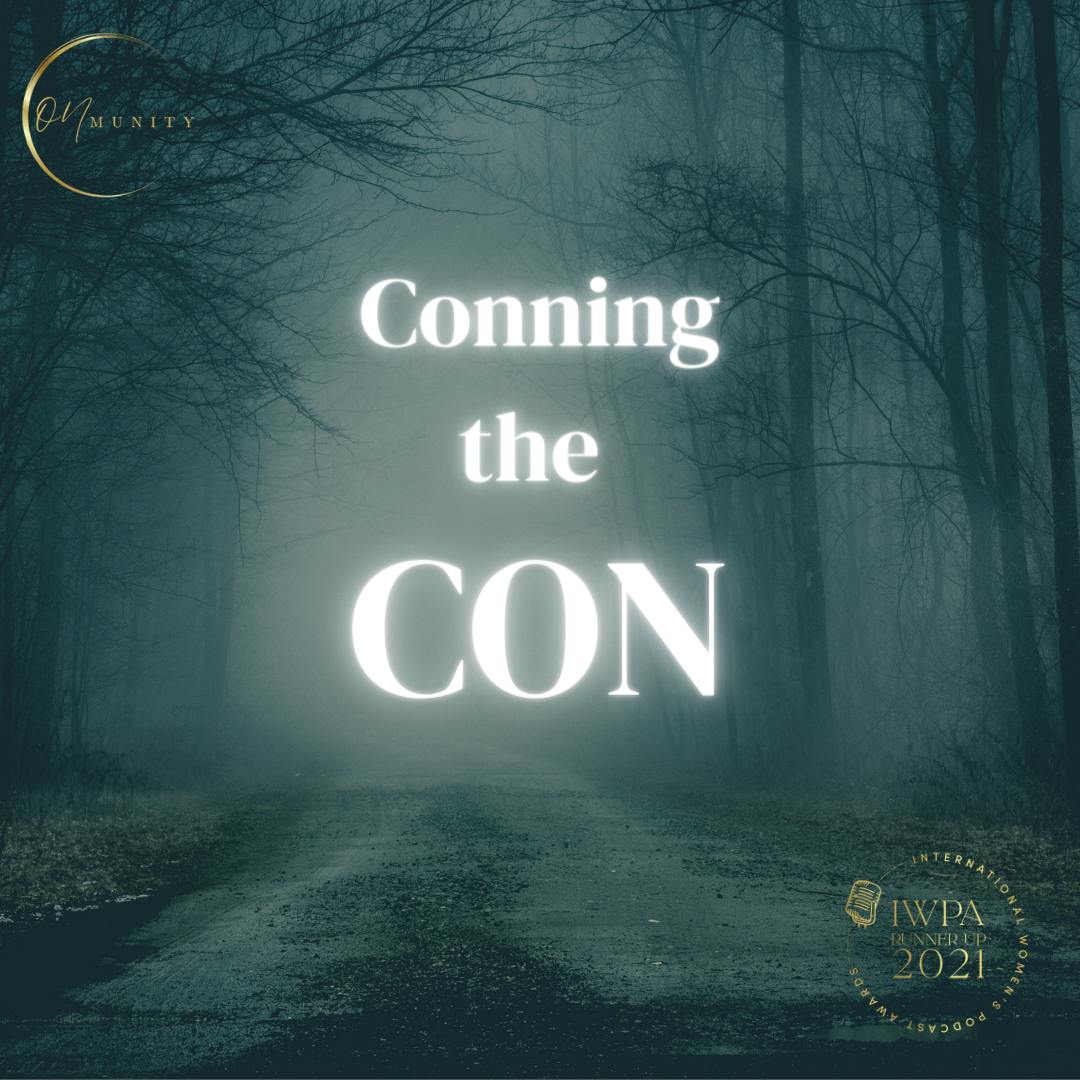
Conning the Con
Evergreen Podcasts & Sarah Ferris Media
Watching Two Detectives
Evergreen Podcasts & Sarah Ferris Media
Podnews Weekly Review
James Cridland and Sam Sethi






